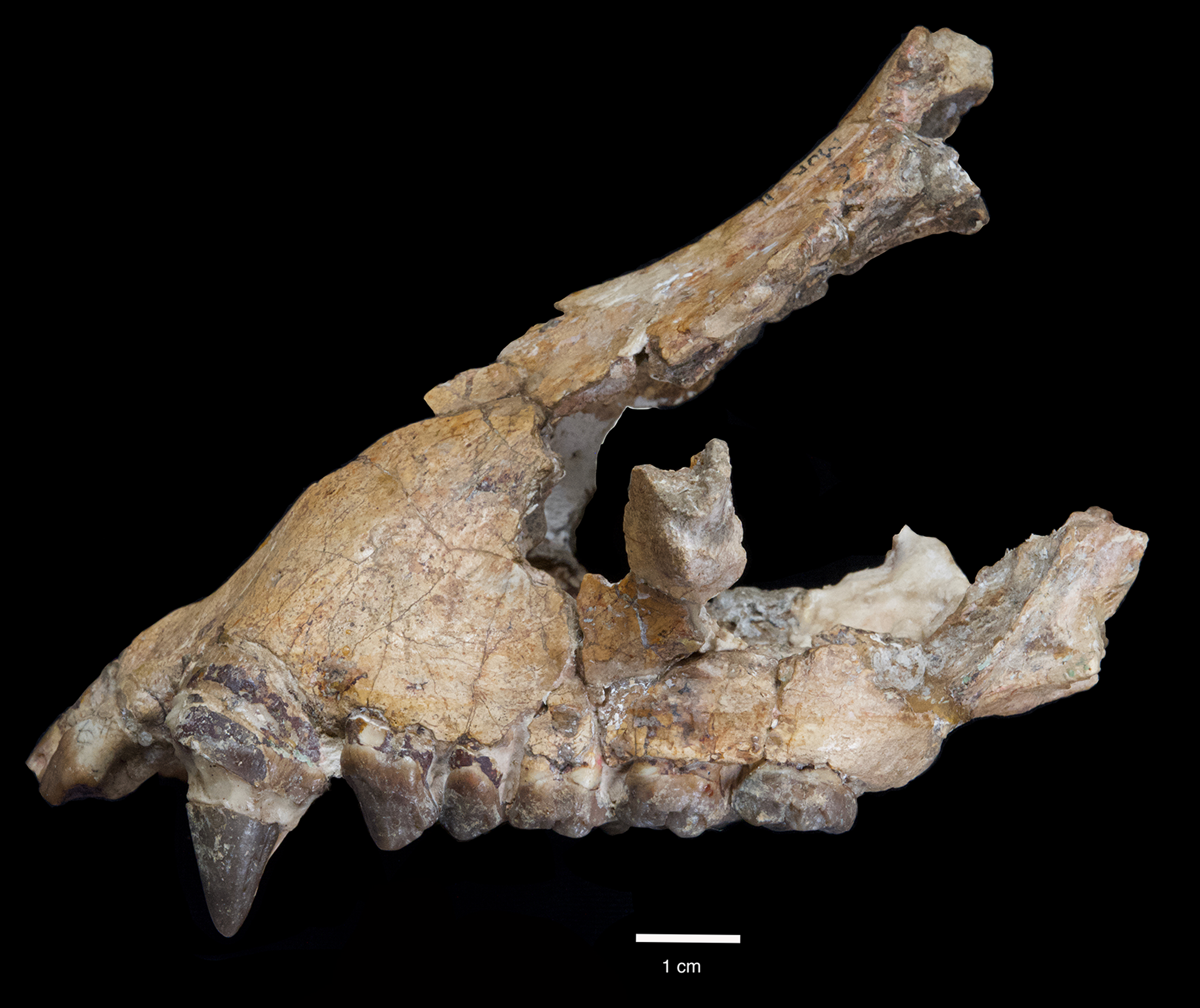
Anthropologists have long believed that great apes evolved to stand upright to pick fruit in the forest, but a new study from the University of Michigan suggests that walking upright evolved to grab leaves.
The study focused on a 21-million-year-old monkey fossil named Morotopithecus. Scientists have discovered that the first great apes of that era fed on leaves and lived in seasonal forests with open grassy areas, and not in the dense crowns of trees, as previously thought.
The study arose from an international collaboration of palaeontologists known as the Study on East African Catharines and Hominid Evolution (REACHE), where each of the scientists focuses on different aspects of the paleoenvironment of early apes.

Led by paleoanthropologist and University of Michigan anthropology professor Laura McLatchy, this case study focuses on a 21-million-year-old site called Moroto in eastern Uganda. There, the researchers studied fossils found at the same stratigraphic level, including those of the oldest well-documented monkey, Morotopithecus.
In the same layer were fossils of other mammals, ancient soils called paleosols, and tiny silica particles from plants called phytoliths.
Thanks to these finds, researchers have recreated the ancient environment of Morotopithecus. As they found, the plants that grew in this landscape experienced seasonal periods of rain and drought. It also means that for at least part of the year the monkeys had to rely on something other than fruit to survive. As evidenced by the finds, Morotopithecus lived in an open forest consisting of trees and shrubs.
The first indication that these ancient apes fed on leaves were their molars, which were very “pointy” like the molars used to tear through fibrous leaves. By contrast, molars used to eat fruit tend to be more rounded, according to Ms. McLatchy.

The researchers also studied the tooth enamel of monkeys, as well as other mammals living at the same stratigraphic level. From the ratio of isotopes in tooth enamel, they concluded that great apes and other mammals fed on water-starved plants, which are more common in open forest or grassy forest environments.
“Now that we have shown that such an environment existed at least ten million years before the evolution of bipedalism, we also need to rethink the origin of man,” says Ms. McLatchy.
Thus, the study, published in the journal Science, not only sheds light on the origin of monkeys, but also turns our understanding of the origin of forests. Previously, researchers believed that Equatorial Africa in the early Miocene was covered with dense forests, and light forests and grassy areas appeared only 7-10 million years ago. On the contrary, in the present study, this development is attributed to 21 million years ago.
A second companion study uses an environmental dataset to reconstruct vegetation patterns at nine early Miocene monkey fossil sites in eastern Equatorial Africa, including the Moroto site. It turns out grass was everywhere at the time, says John Kingston, a biological anthropologist and assistant professor of anthropology at the University of Michigan.
Source: Kathimerini
Ashley Bailey is a talented author and journalist known for her writing on trending topics. Currently working at 247 news reel, she brings readers fresh perspectives on current issues. With her well-researched and thought-provoking articles, she captures the zeitgeist and stays ahead of the latest trends. Ashley’s writing is a must-read for anyone interested in staying up-to-date with the latest developments.